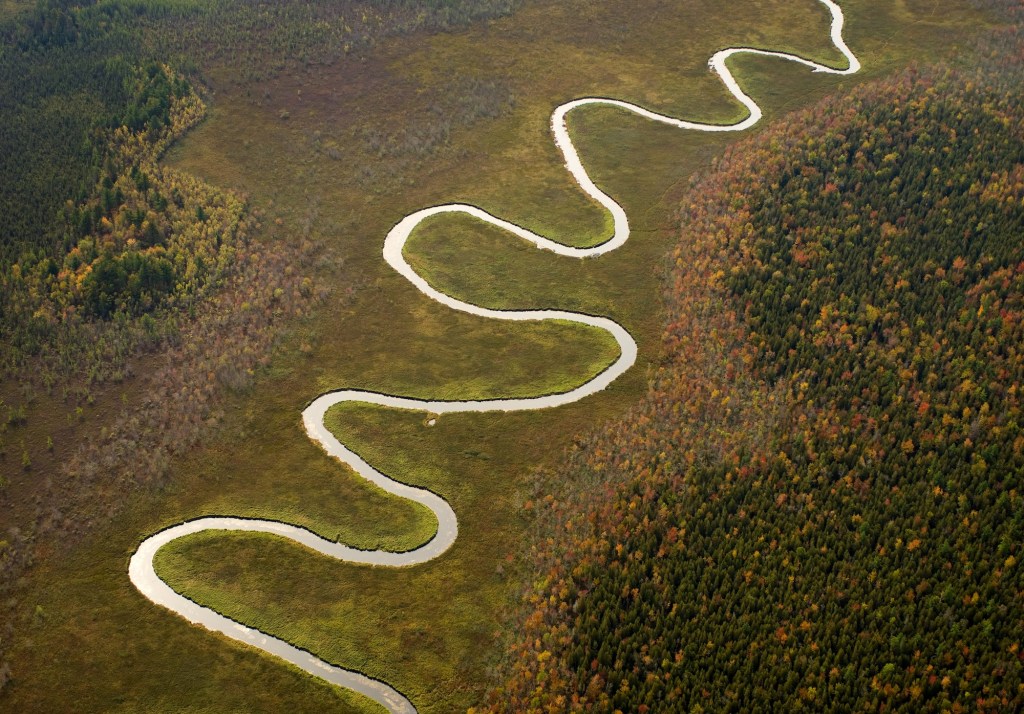New research published in the journal Nature Sustainability finds that 85% of protected areas with groundwater-dependent ecosystems have groundwatersheds that may be under-protected.
The Gist
Protected areas are one of the most well-known conservation strategies, with many current global initiatives focused on expanding and strengthening the management of these areas. Protected area management often focuses on reducing “above ground” impacts such as changes in land use, while overlooking groundwater that can be essential for maintaining both terrestrial and freshwater habitats inside protected areas.
The paper, led by a group of researchers at the University of Victoria (Canada) and coauthored by Nature Conservancy experts, maps the groundwatersheds of the world’s protected areas. The results find that 85 percent of protected areas that contain groundwater-dependent ecosystems have groundwatersheds that may be under-protected, meaning that some portion of the groundwatershed lies outside of the protected area.
Groundwater-dependent ecosystems include rivers, wetlands, and vegetation that rely on groundwater for all or some of their water needs. “That most of these ecosystems within protected areas rely on groundwater flow systems that are potentially under-protected represents an overlooked risk to ecosystems within protected areas, globally,” says Xander Huggins, the study’s lead-author and a PhD candidate at the University of Victoria.
The Big Picture
“The world is coming to agreement that we need to protect 30 percent of terrestrial and freshwater, and marine ecosystems to achieve conservation goals,” says coauthor Robin Abell, durable freshwater protection director for The Nature Conservancy.
Conservationists recognize that achieving effective conservation needs to consider pressures on protected areas that originate outside of them.
“Just putting a fence around a protected area doesn’t protect it from forces outside the fence,” says Abell. “This is especially true for groundwatersheds. Subsurface flows are essential in sustaining protected areas. The areas encompassed by these groundwatersheds can be quite large in relation to the protected areas themselves.”
The paper notes that the need to manage human activities in connected lands and waters outside protected areas has largely been absent from effectiveness discussions and indicators. Such activities include agricultural runoff and drainage, mining and groundwater pumping. Grand Canyon National Park in the southwestern United States – one of the most well-known protected areas on earth – is an iconic area where groundwater issues originating outside the park have heavily influenced the park’s ecological integrity.
The Takeaway
The fact that the size of groundwatersheds can be quite substantial relative to their respective protected area means that effective conservation must take a more expansive approach.
“Protecting these groundwatersheds will require working with people beyond protected area managers,” says Abell. “We will need to engage diverse stakeholders.”
The paper notes that delineating groundwatersheds is an important first step to catalyze discussions about protected area connectivity and robustness.
“When we think about protected areas, we need to think about both quality and quantity,” says Abell. “This is especially true as we consider the impacts of climate change, which could mean less water availability. Managing groundwater is going to be important in addressing that.”
Ultimately, the authors note, protecting groundwatersheds need to be recognized as necessary if protected areas are to be successful in their stated purpose of preserving terrestrial and aquatic ecosystems.
“By ignoring the connections of groundwater to areas beyond the boundaries of protected areas, we are setting ourselves up for failure in terms of sustaining the health of these aquifers and connected surface water and terrestrial systems,” says Kari Vigerstol, director of water security science for The Nature Conservancy.



